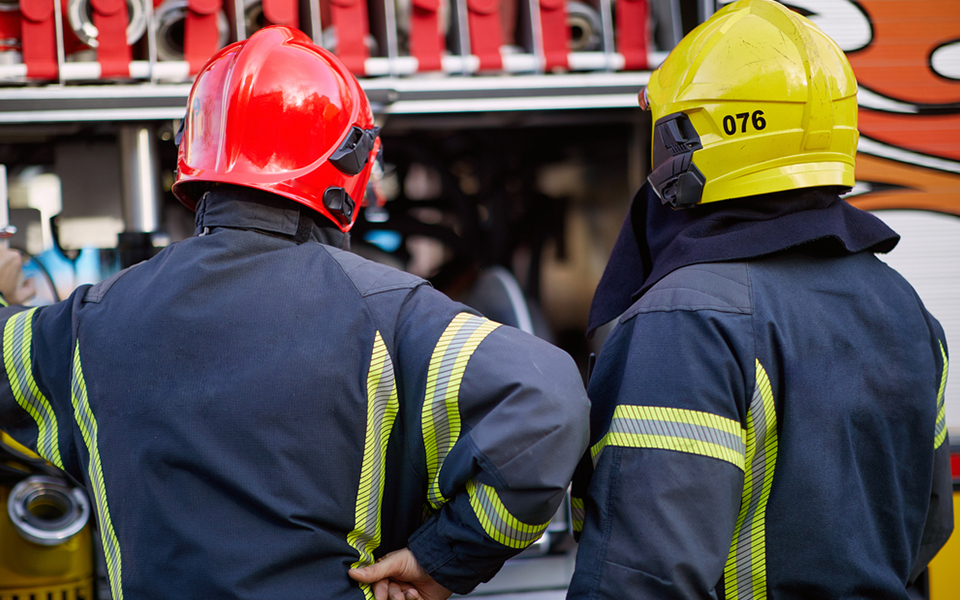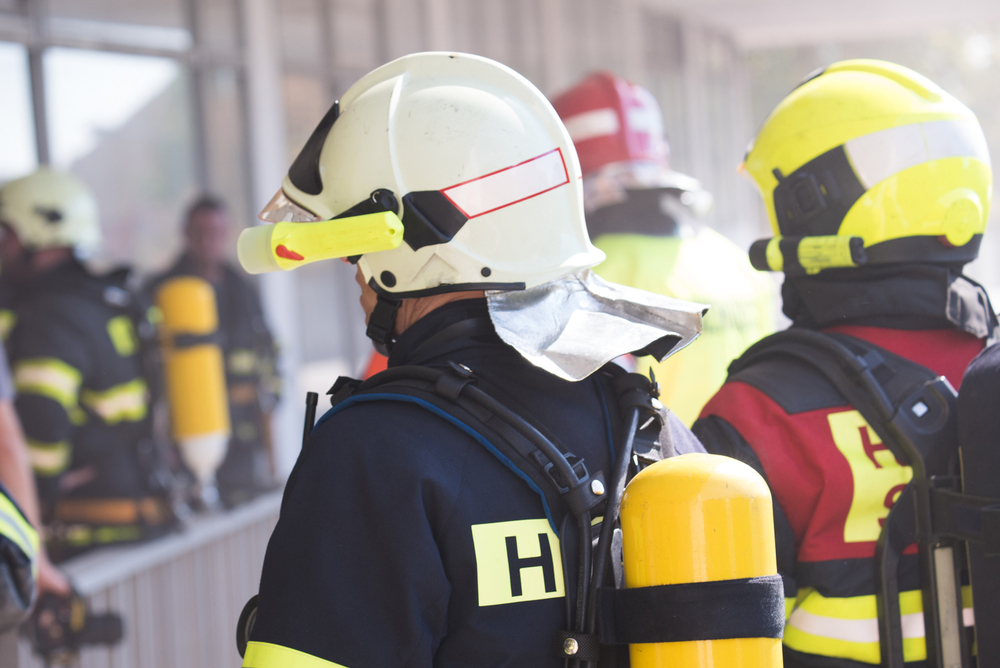Volunteer fire departments: The importance of onboarding
- October 27, 2020
- 9:12 am


Iain Hoey
Share this content
Fire departments are in a perpetual state of recruitment. Volunteer fire departments are regularly looking to ensure their ranks are sufficient for response. Yet recruiting is only the first step to maintaining adequate staffing. The long-term retention of new firefighters is the most important piece. That begins with the onboarding process.
This article will examine the best practices for onboarding new firefighters in volunteer fire departments. For the new firefighter, what should the first days look like? How does the department make that possible?
There are plenty of opportunities to make mistakes along the way. The following will provide a blueprint for your department to help avoid the pitfalls that can push new firefighters out the door shortly after they arrive.
The Importance of the Onboarding Process
The onboarding process, arguably the most critical stage in the recruitment process, is one of organisational socialisation and acculturation. As new firefighters move through the process, they experience a wide array of emotions that will ultimately result in a change in perceptions about how their experience will play out and what it will mean to their life as a whole.
As they become integrated into the daily operation of the fire department, minor or major adjustments and internal re-negotiations take place as expectations evolve and become more realistic. As reality replaces imagination, their new world will either be deemed acceptable, and they will choose to stay, or it will be judged as unacceptable, and they may move on.
Stress, good or bad, is also often present as new firefighters struggle to make sense of their new environment. A well-designed onboarding process, therefore, helps new members and department leaders both manage expectations and supports them as they negotiate uncertain and stressful waters.
Communication is Key
As new volunteers join your ranks, be open and engage them on a regular basis. Do not lose them due to lack of communication. Establish a clear path for new members to ask questions, as they will have many.
Make sure the new member understands the organization and provide an honest overview of what they should expect and what is expected of them. Guide them through your organizational culture and share with them the mission statement, mission vision, and values of your department.
Explain to them everything that your department does for the community. Many people believe that the fire department responds to only one thing: fires. Provide them with a good backdrop of your daily or weekly call volume, what the peak times for calls tend to be, what types of calls are most frequent, some of your most responded to areas or facilities, and other types of duties they will be expected to participate in, such as community outreach events. Detail to them your department’s vision for the future and what the primary goals are for the next five years.
Volunteer departments might not have daily checks, but they likely check equipment and apparatus on a weekly basis. These weekly work nights are excellent opportunities for new firefighters to become familiar with apparatus, equipment, and members of the department.
Assign a Mentor
Partner new members with a mentor who will be there to answer questions, show them the ropes, and help them acclimate to the department. The mentor should introduce the new firefighter to everyone and explain their roles. Ensure that new members meet with all department members within the first couple of weeks, starting with the administrative and officer staff along with senior firefighters.
The role of the mentor will be extremely important in the first few weeks of the onboarding process. Carefully select who these mentors are as they will set the tone for how the department functions both operationally and administratively.

Engage the New Member
Get the new members involved in something that lets them contribute right away. Get to know what skills they can bring to the department. This will help you identify some things they can do right away to get involved in the operation of the department. Having them take on responsibilities from the start will help them become invested in the department and feel like their time is being well-spent.
The precise nature of what new members can do is dependent on your department’s SOPs/SOGs, how long the probationary period lasts, and the requirements for completing an entry level firefighter course. However, with all of the tasks needed to make the department run, there is some way new members can participate. Your onboarding process should include a plan for engaging new members immediately.
Plan for the Future
Provide new members with a professional development plan. They need to understand what the training and certification requirements are very early in the process. Make sure they are clear on what they need to do to perform as an interior firefighter, apparatus operator, or support member. Also provide an explanation of the path needed to progress in the department so new members are aware of what they need to do should they desire to rise in the ranks.
The development plan you create should clearly define both internal training expectations and outside training they are expected to complete, such as attendance at a Fire Fighter I program. New members must know the time commitment involved to successfully complete any entry level training. Beyond the initial class, it is important to set up continued education as part of the development plan.
Involve the Family
The success of a new member in your department is directly correlated with family support. Remember, their lives are also about to change. Engage the family members and provide them with the requirements the new member will need to meet. Prepare the family for the time commitment required and explain to them why the training is necessary.
The National Volunteer Fire Council (NVFC) has a resource designed to help introduce family members to the basics of the volunteer life and help them adjust to the lifestyle changes they will be facing. What to Expect: A Guide for Family Members of Volunteer Firefighters is available for free download on the NVFC web site at www.nvfc.org.
Final Thoughts
Properly onboarding volunteer firefighters is a challenging but very necessary process. This article has provided some best practices to avoid pitfalls that can result in potentially losing new firefighters. Make sure that your department has an onboarding plan in place. Make the proper introductions, ensure expectations are clearly defined, provide a mentor, and provide positive reinforcement as new skills are learned and tasks accomplished.
Originally posted by Jason Decremer on the National Volunteer Fire Council Website



